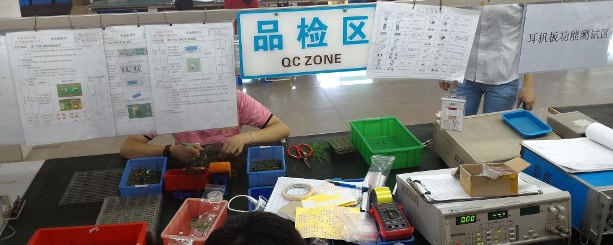Suggestion: Watch the 20 minutes video tutorial before reading this article
Product regulations, such as safety standards and labeling requirements, are mostly ‘harmonized’ in the European Union.
As such, the same regulations apply in all member states. A product that is compliant in the United Kingdom, is therefore also compliant in Poland and Italy.
The European Union has arguably the most developed set of product regulations, covering essentially every product category from electronics and toys – to textiles and furniture.
In some cases, it’s only a matter of ensuring compliance with simple labeling requirements, while compliance for other products require lab testing and plenty of documentation.
In this article, we explain what startups and ecommerce companies must know, before importing products to the European Union.
European Union (EN) Product Safety Standards
The EU has developed standards that apply to specific products, materials or components. Below follows a few examples:
- EN 54: Fire detection and fire alarm systems
- EN 71: Safety of toys
- EN 166: Personal eye protection. Specifications
- EN 374: Protective gloves against chemicals and micro-organisms
Continue reading Product Regulations in the European Union: A Beginner’s Guide











